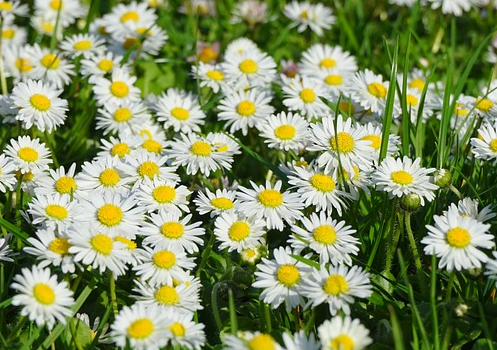How to grow Daphne genkwa
Daphne genkwa is also called herb, rat flower, headache flower and so on. It is a deciduous shrub of Daphneaceae, and it is also an important traditional Chinese medicine. Daphne genkwa is mainly used in flower buds as medicine, which has the effects of deedema, expectorant, diuretic, antitussive, antifertility, anti-leukemia, antibacterial and so on, but it is prohibited for those who are weak and pregnant women. Daphne genkwa is grown in most parts of China, and the main producing areas are Hebei, Shandong, Jiangxi, Hunan, Guizhou and other places. Today we are going to learn the planting techniques of Daphne genkwa. Let's take a look at the following introduction to the planting process of Daphne genkwa.

1. Daejeon dressing and finishing
According to the distribution of Daphne genkwa, Daphne genkwa has strong adaptability to the environment and has no requirements for the soil where it is planted. In addition, according to the growth habits of Daphne genkwa, it is characterized by warmth, fertility, drought tolerance and fear of waterlogging, so it is best to take these characteristics into account when choosing a planting site. After selecting the planting site, carry out fine farming, smash the soil, flatten it, apply enough basic fertilizer, and then open a ditch to make the bed.
2. Methods of reproduction
There are two main ways of reproduction of Daphne genkwa, that is, seed reproduction and plant propagation. When planting Daphne genkwa by seed propagation, it is generally best to plant it between the end of October and the beginning of November each year. When sowing, strip sowing is usually carried out, with a spacing of 30 centimeters between each row. The seeds of Daphne genkwa are scattered evenly and covered with soil, waiting for seedlings to emerge. The best time for ramet propagation is to dig out the old roots of Daphne genkwa in March every year, and then plant them according to the row spacing of 40 cm and the plant spacing of 30 cm.
3. Cultivation and management
Because Daphne genkwa is a perennial shrub, we should carry out scientific field management every year. In general, Daphne genkwa needs to be ploughed and weeded three or four times a year, and it is important to be careful not to hurt the roots of Daphne genkwa so as not to affect its normal growth. The second is the need for topdressing twice a year, namely, topdressing spring fertilizer in spring, spring fertilizer should be carried out as early as possible, usually around the beginning of March, mainly nitrogen fertilizer; another time is topdressing in autumn, mainly compost. Finally, it is necessary to carry out proper water management, it is best to water after each topdressing, and pay attention to watering when the weather is hot and dry, and remember to drain water in rainy weather.
4. Timely harvest
Daphne genkwa is mainly used as medicine in buds, so we can't miss the time of harvest, because if it is harvested too late, it will open or wither, which will affect its efficacy or even have no value at all. Then we should grasp the correct harvest time, preferably when the genkwa is not yet in bloom in spring, so that the efficacy of Daphne genkwa is the best, and the yield and quality are the best.
By reading the above, how much do you know about the cultivation of Daphne genkwa? Are you sure about planting Daphne genkwa? If you want to know more about the cultivation of Daphne genkwa, you can follow us.
- Prev

[expert interpretation] morphological characteristics and control methods of chrysanthemum downy mildew
Downy mildew of chrysanthemum is one of the main diseases of chrysanthemum, which often occurs in the mountain areas with average temperature of 16.4 ℃-19.0 ℃, annual rainfall of about 1500mm and low temperature and heavy rain in spring. So what are the morphological characteristics and control methods of chrysanthemum downy mildew? Let's follow the forestry experts to understand these problems.
- Next

How to grow a quick temper
How to grow a quick temper
Related
- Fuxing push coffee new agricultural production and marketing class: lack of small-scale processing plants
- Jujube rice field leisure farm deep ploughing Yilan for five years to create a space for organic food and play
- Nongyu Farm-A trial of organic papaya for brave women with advanced technology
- Four points for attention in the prevention and control of diseases and insect pests of edible fungi
- How to add nutrient solution to Edible Fungi
- Is there any good way to control edible fungus mites?
- Open Inoculation Technology of Edible Fungi
- Is there any clever way to use fertilizer for edible fungus in winter?
- What agents are used to kill the pathogens of edible fungi in the mushroom shed?
- Rapid drying of Edible Fungi

